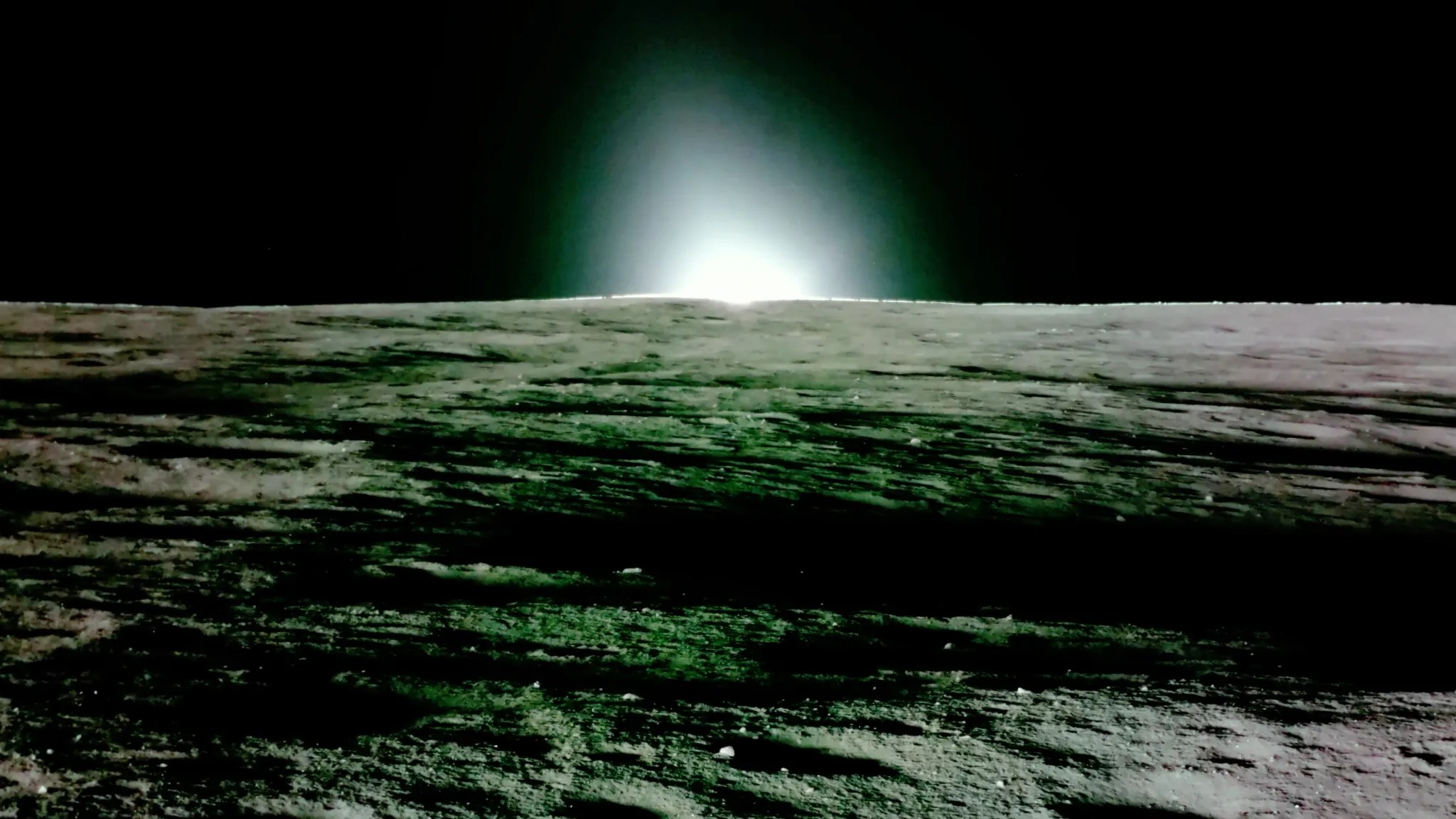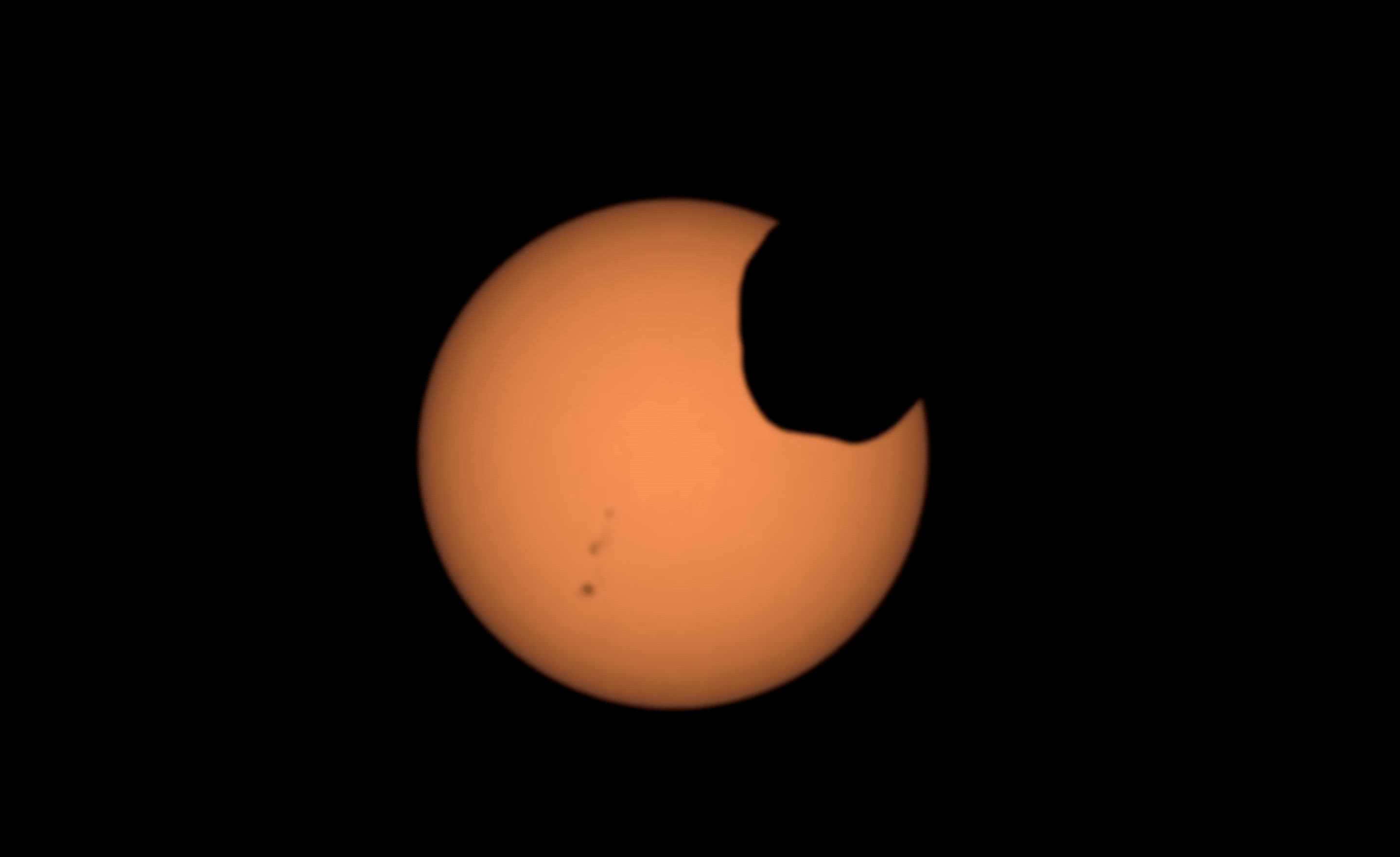When you buy through links on our site , we may pull in an affiliate commission . Here ’s how it form .
Mars has a young machinelike inhabitant on its airfoil . At 2:54 p.m. ET today ( Nov. 26),NASAmission ascendency support that the InSight lander had safely strain the surface of the Red Planet , follow a harrowing descent that had locomotive engineer tensely perched on the edges of their seat .
InSight turn over Mars ' atmosphere traveling at 12,300 miles per hour ( 19,795 km / atomic number 1 ) . During the minutes that followed , the rapidly devolve lander deployed a parachute , ejected its heat shield and provoke 12 line engine to slow the last part of its nightfall , lastly disturb down on Mars .

An array of firing rockets slowed the final stage of InSight’s descent.
After thisremarkable landing place , InSight right away got to work . Within 10 seconds after touchdown , InSight ’s instrument were already engaged in the mission ’s first tasks — establishing a direct - to - earthly concern signal and taking photos of the landing site , Jim Green , NASA Chief Scientist , told Live Science . [ NASA ’s InSight Mars Lander : Full insurance coverage ]
By 3:03 p.m. ET , NASA cover the first " beep " from InSight , confirm that the lander was OK . According to the readings , InSight was " in normal mode " and " is not complaining , " NASA systems engineer Rob Manning order during awake streamof the event .
And minutesafter the landing , NASA already had its first glimpse of Mars through one of InSight ’s " eyes , " as the wide - angle camera captured a reddish plot of ground in front of the lander ; the terrain appear to be rock - free . Black spots on the range were dust grains sticking to the crystalline lens ’s screening , NASA representatives explain during the live flow .

This photo is the first image of Mars taken by NASA’s InSight Mars lander after its successful landing on the plains of Elysium Planitia on Nov. 26, 2018. The dust seen in the image is on a dust cover protecting the camera.
One of InSight ’s first tasks on Mars was to lay out up its ability source ; itsfirst minuteson Mars were powered altogether by battery , as the solar jury attached to the flattop space vehicle were ditched prior to InSight ’s descent , Green sound out .
InSight ’s battery can power the lander for up to 16 hour on a single charge , but , even so , InSight needed to get its own solar array up and running — or itslife on Marswould be very , very myopic , Green said . About 16 minutes after the landing , enough meter will have pass off for the dust to settle . Then , the solar panels were expect to deploy without additional program line from Earth , Green explicate .
" When I see the battery voltage back up and the engineering data point at 100 pct , then I will be intimate we have a missionary station , " he said .

After the solar panels are activated , InSight will take more photos and get down setting up the residual of the legal instrument . The lander carries two cameras : a wide - angle camera positioned underneath its body detail in the direction where InSight will invest its instrument , and another camera mounted on InSight ’s branch , which NASA engineers will use to canvass what ’s happening on the lander , Green explain .
Once they ’ve confirmed that the lander is in good bod , they can begin to deploy the seismometer ( SEIS ) , which will measure " marsquakes . " As before long as the SEIS legal instrument is in lieu , InSight will set up the HP3 heat probe , which will take Mars ' temperature .
" It ’s like a cake , " Green sound out . " You bake a patty , and when you take it from the oven , it ’s still hot at heart while it ’s cool off . All the planets are still cooling off from when they were made 4.5 billion years ago . And so , the Interior Department of Mars is hot , and that heat is still separate out through the mantle and the gall — and HP3 is designed to make that measurement . "

Updates from InSight will be beamed via anultra high - frequency radiosignal ( UHF ) to orbiting satellites , which will store the data onboard and relay them to Earth .
However , there are still many weeks of setup work ahead for InSight — a process that will be " deadening and methodical " — and it will in all likelihood be at least a few months into 2019 before the delegation ’s genuine Mars science start out , he add .
" By March , I would say , we ’ll be in the modality of this weapons platform doing its job — listen for quakes and also measuring the heat leaving the satellite , " Green said .

Originally publishedonLive Science .















